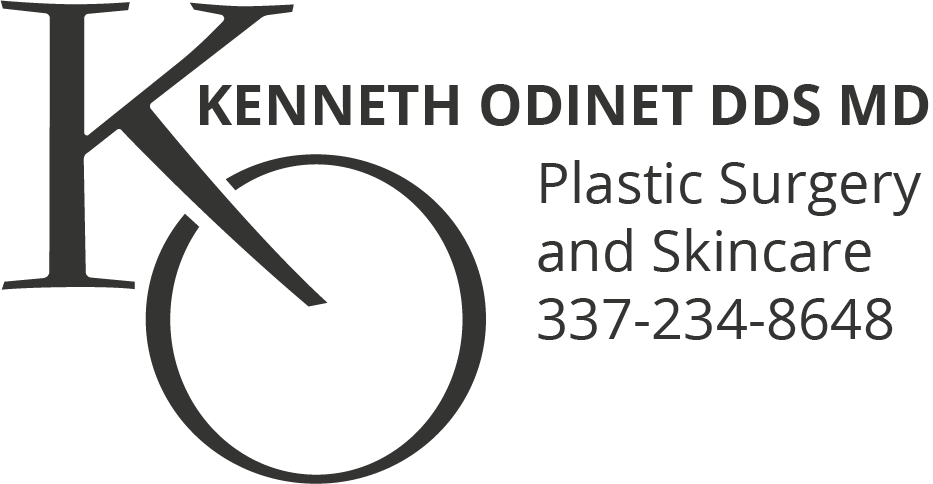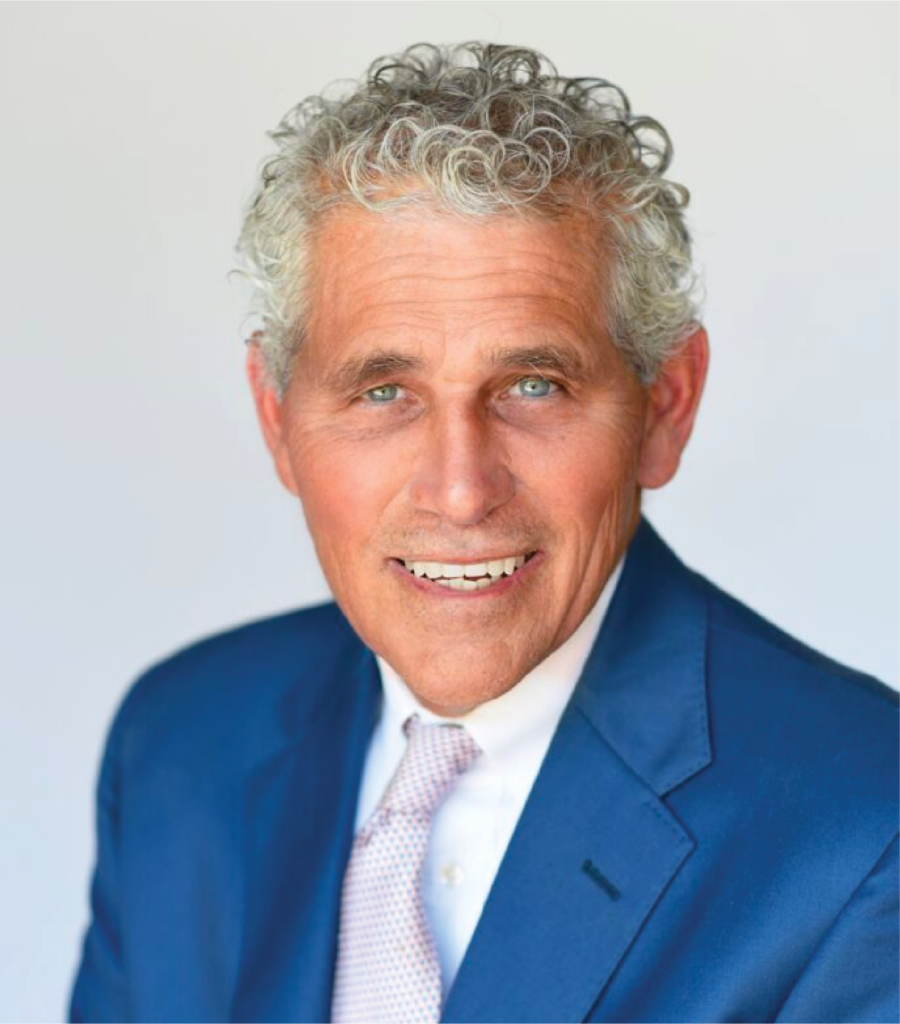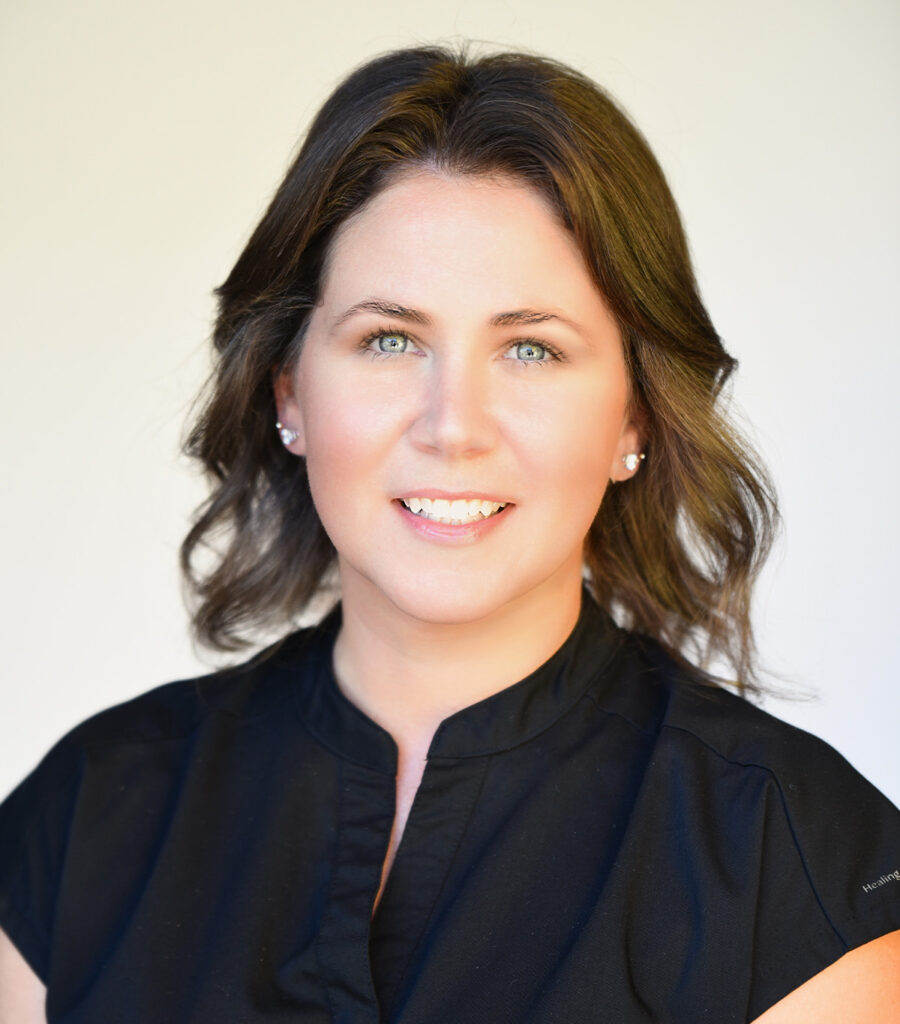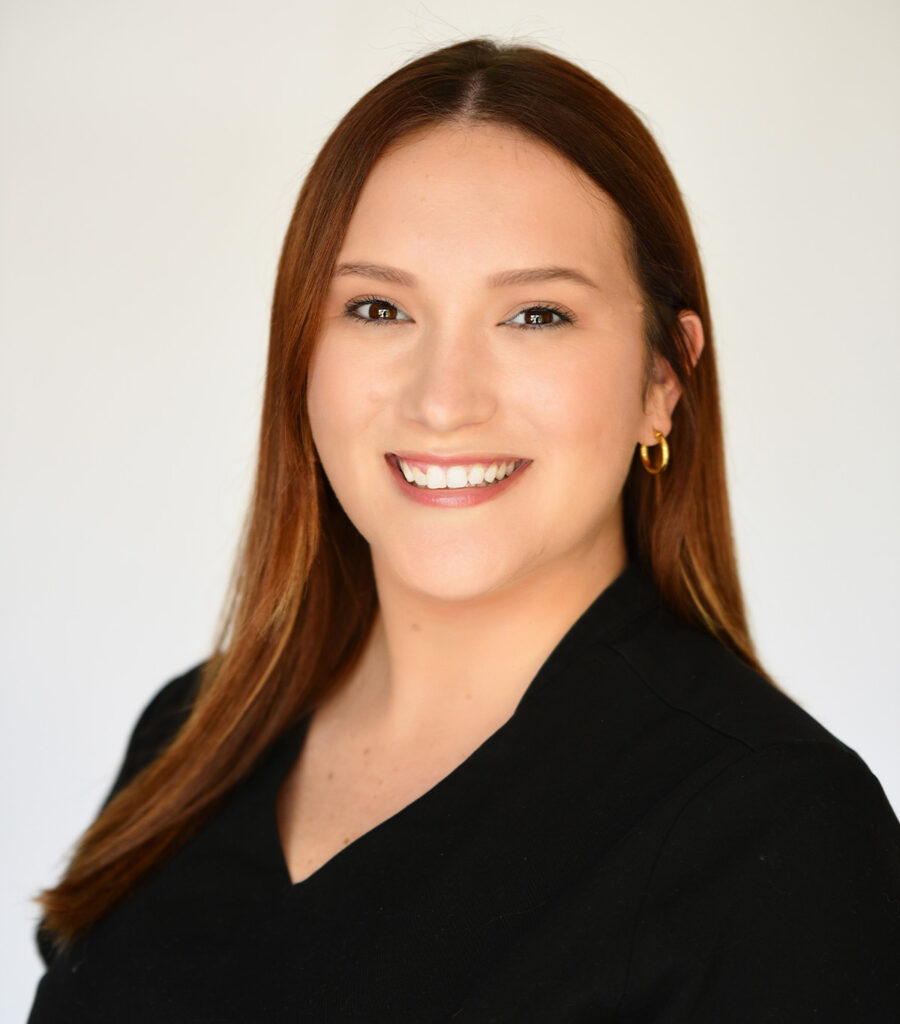Choosing the Right Implant & Cancer
The diagnosis is breast cancer.
Now what do I do?
Once you are diagnosed with breast cancer, there are so many feelings and emotions that consume your thoughts. Here is information you need about the medical steps that come next.
There are three people you will need to see:
- Your general surgeon will discuss surgical options with you, such as lumpectomy or mastectomy.
- Your oncologist will discuss any needed treatments, such as radiation or chemotherapy.
- Your plastic surgeon will discuss reconstructive surgery options after mastectomy or a breast lift for symmetry after lumpectomy.
If you have a mastectomy and reconstructive surgery is warranted, the next steps are to select your plastic surgeon and the treatment option that’s best for you.
What is breast reconstruction?
Breast reconstruction is both physically and emotionally rewarding. Your new breast can dramatically improve your self-image, self-confidence and quality of life. There are several plastic surgery techniques that attempt to restore a breast to near normal shape, appearance and size following mastectomy…but remember: A reconstructed breast will never look or feel exactly the same as the breast that was removed.
What are the types of reconstructive surgery procedures?
If you decide to have breast reconstruction surgery, you and your plastic surgeon will discuss your option to have either immediate or delayed breast reconstruction.
The reconstruction process can involve multiple surgeries. A simple reconstruction can include:
- A series of tissue expanders used to gradually expand the skin and tissue over a 4 to 6 week time period to prepare it for Step Two
- A pre-determined type, size and style of breast implant exchanged for the tissue expander
- If necessary, a nipple reconstruction
If radiation is part of your treatment protocol, reconstruction may require either a tram flap (use of muscle, fat and skin from your abdomen) or latissimus dorsi flap (use of muscle fat and skin from your back). Tissue expanders, breast implant and nipple reconstruction can then be performed to complete reconstruction of the breast.
Who should perform my reconstructive surgery?
Your choice of plastic surgeon is the single most important decision you will make concerning your breast reconstruction.
Find a doctor who regularly performs the kind of surgery you are considering. Determine if your doctor is board certified in that type of surgery. Board certification in a specific field is an assurance that your surgeon adheres to certain medical standards and is held accountable for his or her actions by his or her peers.
Use a referral service to check your doctor’s credentials, such as the American Society of Plastic Surgeons (ASPS) – one of the largest plastic surgery specialty organizations in the world.
Remaining board certified is a lifelong process education. That is why regular recertification is important. Organizations like the American Board of Medical Specialties (ABMS) and its 24 Member Board (which includes The American Board of Plastic Surgery) created a continuous professional development program – The Maintenance of Certification®. These boards evaluate candidates who voluntarily appear for review. They certify those qualified as “diplomates” or “subspecialists” of that board in primary specialty and subspecialty areas.
What questions should I ask my plastic surgeon?
Once you have chosen your surgeon, it’s time to schedule an appointment. Use this checklist of questions as a guide during your consultation:
- Are you certified by the American Board of Plastic Surgery?
- Do you have hospital privileges to perform this procedure? If so, at which hospitals?
- Where and how will you perform my procedure?
- Am I a good candidate for this procedure?
- What will be expected of me to get the best results?
- What surgical technique is recommended for me?
- How long of a recovery period can I expect, and what kind of help will I need during myrecovery?
- What are the risks and complications associated with my procedure?
- How are complications handled?
- What are my options if I am dissatisfied with the outcome?
- Do you have before-and-after photos I can look at for this procedure … and what results are reasonable for me?
- How do you determine what size I will be following reconstruction?
- What are the pros and cons of saline and silicone implants?

Breast Implant Options
When deciding on breast augmentation surgery, one of the most significant decisions will be which type of implant to select. Here is an easy-to-understand explanation of the choices:
Saline Breast Implants
This implant contains a saltwater solution very similar to saline found naturally in the body.
Because it is filled with liquid, it feels firmer than gel implants and can be more firm when fully filled. Saline implants have a higher risk of wrinkling and rippling in patients with thin tissue coverage. The smallest incision possible can be used with saline implants. Saline implants include low, moderate and high profiles.
Silicone-Filled Highly Cohesive Breast Implants
The newest of the three options, this implant is made of a highly cohesive gel and has a soft,
natural feel. It is shaped more like a woman’s breast than the other implant options and is
designed to stay in place and hold its shape over time. It requires a slightly larger incision than
the round gel implant. Styles include: Full Height/Full Projection, Full Height/Moderate Projection, Moderate Height/Full Projection and Moderate Height/Moderate Projection.
Silicone-Filled Gel Breast Implants
This implant has a classic, round shape and is designed to create a soft, round look and a fuller contour in the upper breast area. It is considered to be softer to the touch than saline implants. It is made of a cohesive silicone gel and requires a slightly larger incision than saline implants. This type of implant can come in moderate, moderate-plus, high and extra-high profiles.








